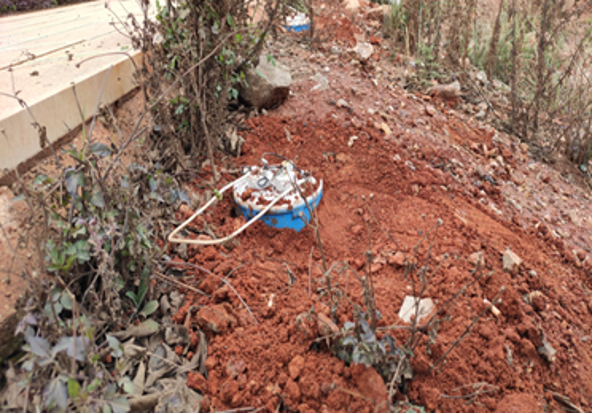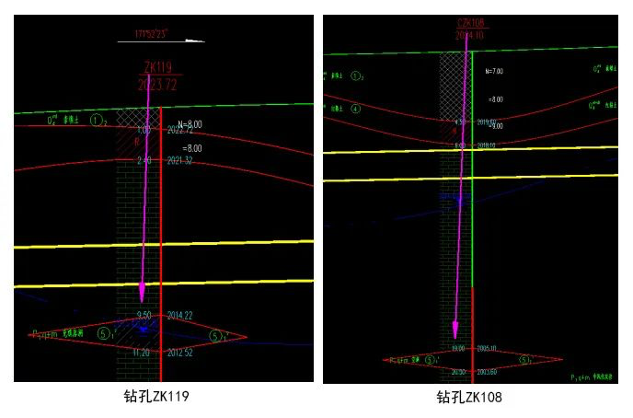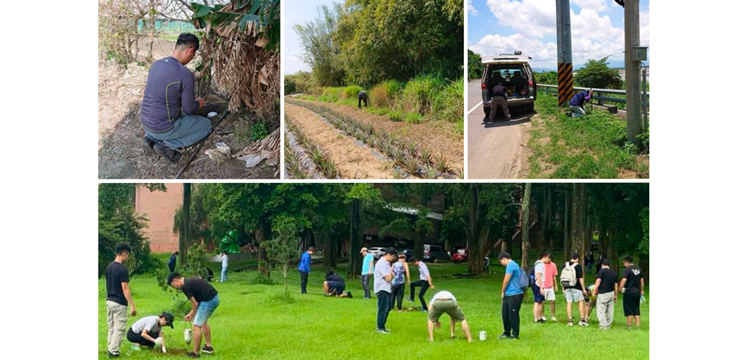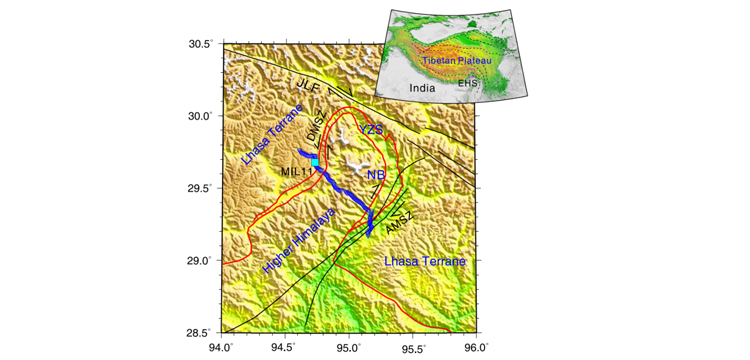Recently, in an area where a water supply pipeline was to be set a karst cave was discovered during the drilling process.
To reduce the construction risk and detect underground karst distributions in advance, the geophysical contractor applied various methods while conducting the geophysical survey.
During this period, SmartSolo aided the geophysical contractor to conduct microtremor method test and high-density electrical method test.

(Survey line in area of gravel and soil surface)
The survey surface area where the pipeline will cross is covered by gravel and soil. The test location where two existing boreholes, ZK119 and ZK108, is selected.
ZK119 revealed a Filling-Type Karst Cave at the 112th meter at a depth of 9.5 meters.
ZK108 revealed a cavity karst cave at the 155th meter at a depth of 19 meters.

This microtremor method test used twenty SmartSolo IGU-BD3C-5 3 component Seismic Sensors, utilizing a linear array with 2 meters sensor interval, the test line is about 210 meters long. The point interval of high-density electrical test line is 3 meters. The two test lines overlapped. (microtremor shear-wave velocity profile)(high-density electrical profile)


From this experiment, the following preliminary understandings were obtained:
1. The positions and burial depths of the karst caves revealed by ZK119 and ZK108 corresponded with the microtremor shear-wave velocity profile; There are vertical karst caves visible on the surface at the 176th meter on the survey line, and the microtremor shear-wave velocity profile shows same feature. The vertical cracks are developed to a depth of about 8.0m (which has a significant impact on the pipeline).
2. In this test, the results of the microtremor shear-wave velocity profile shows better consistent result than borehole drilling data. It can more intuitively reflect the distribution and vertical development of karst distributions and can be interpreted quantitatively or semi-quantitatively. High-density electrical method is suitable for quantitatively, generally reflecting the development of underground karsts.
3. Microtremor method can effectively reflect karst distributions in some areas and can make up for the disadvantages of excessive drill spacing and one-hole observations in a project and has a good guidelines for later pipe jacking job.



